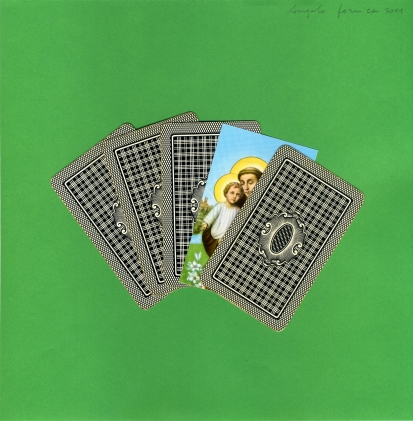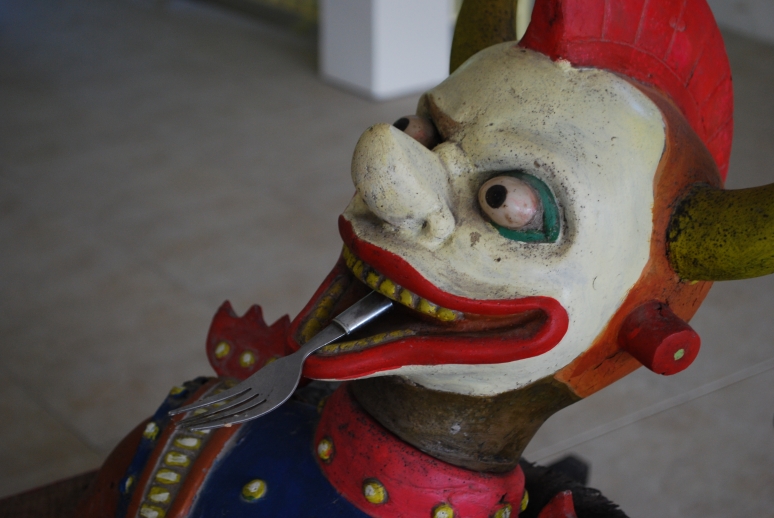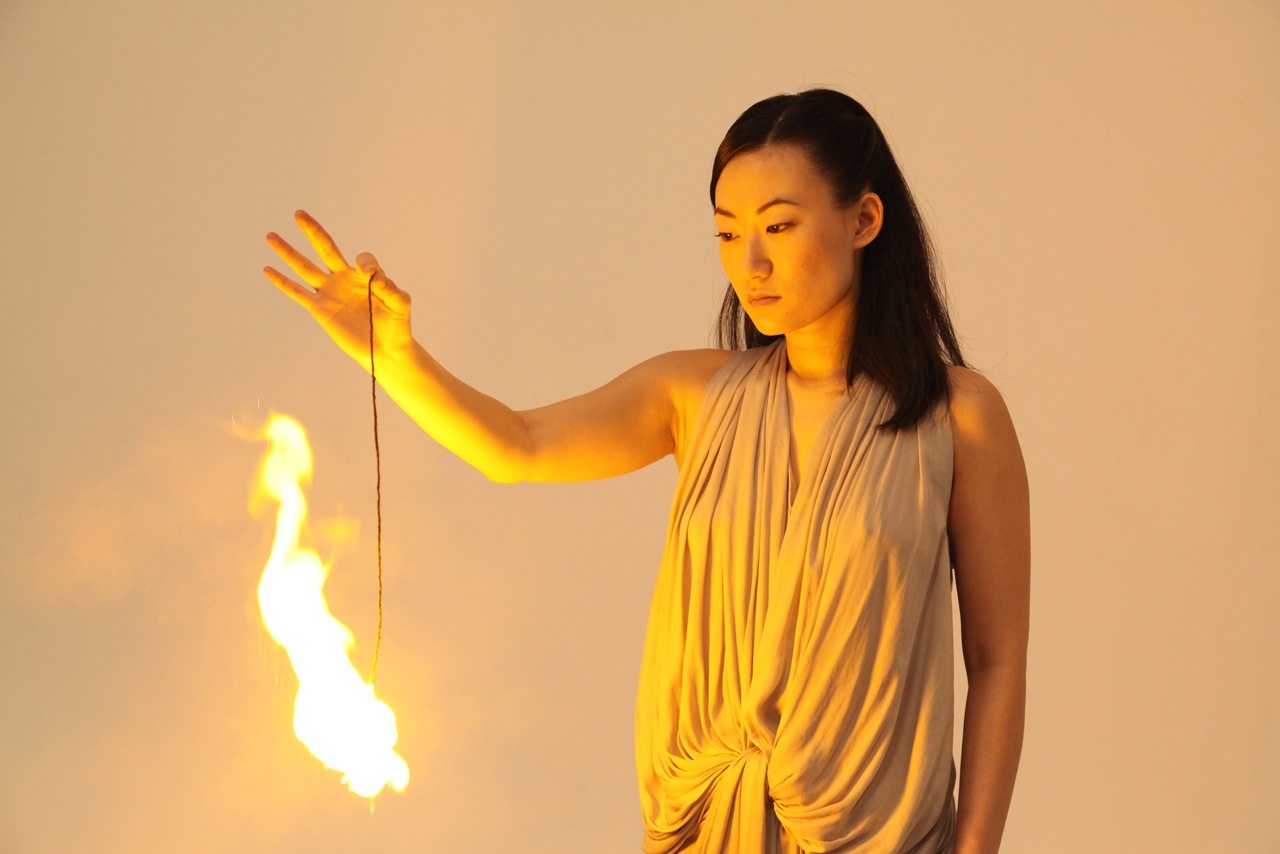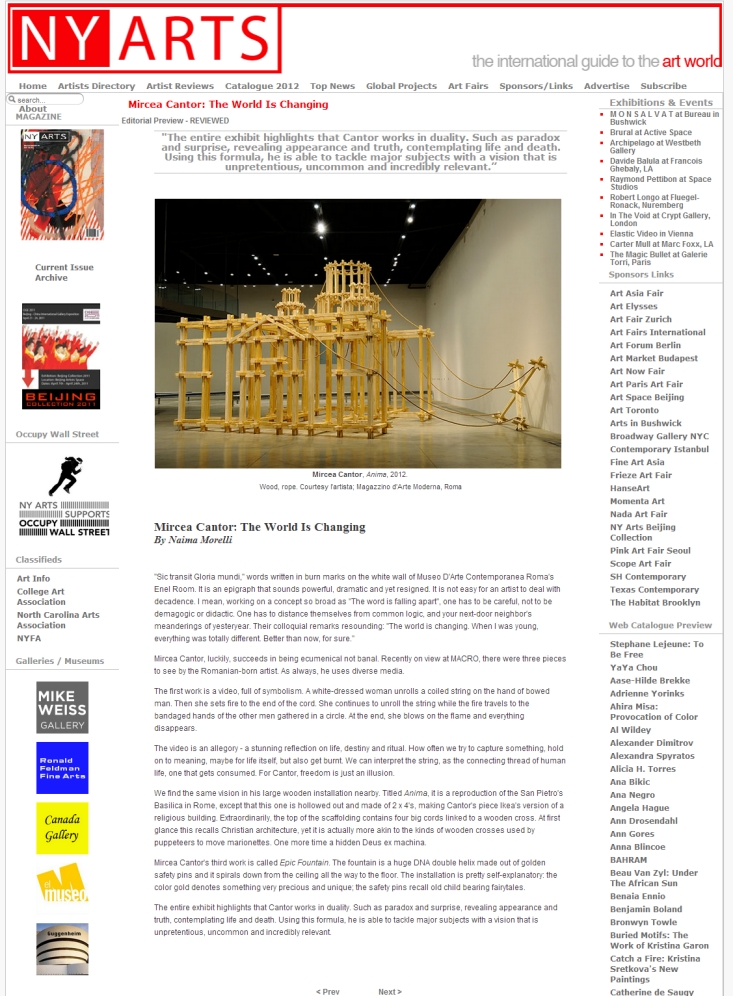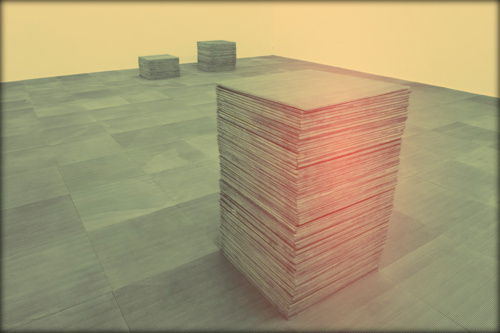
Let’s say that we don’t know anything about Cameroon.
Even worse, let’s pretend that we heard about this country only by the soccer match channels.
To be short, let’s have the same approach that the average Italian Macro’s visitor probably has.
It’s more question of practicality than of willful ignorance.
An art appreciator coming visiting the contemporary art museum of Rome will go there without a previous research of what Camuroon is, what are the inner dynamics and the main issues of that country. That’s the problem with the global art. No one can know everything about everywhere and often the press releases and the captions near the artworks explains everything but the context in which the artworks are born.
You can argue that this is the art critic’s job. Well, maybe.
